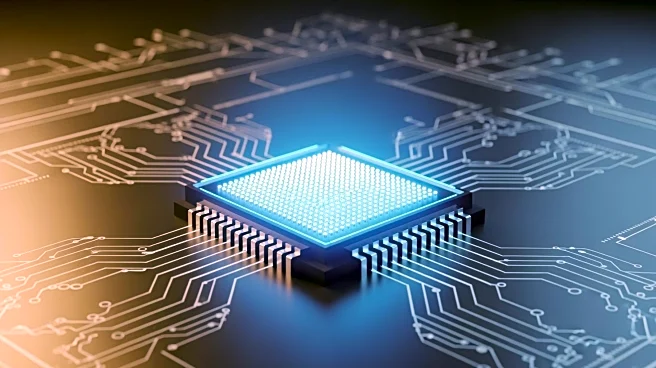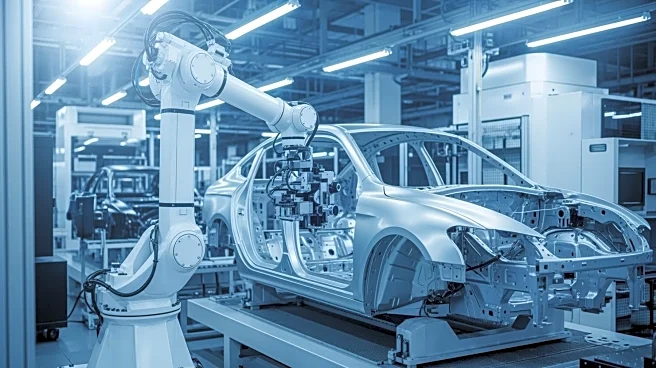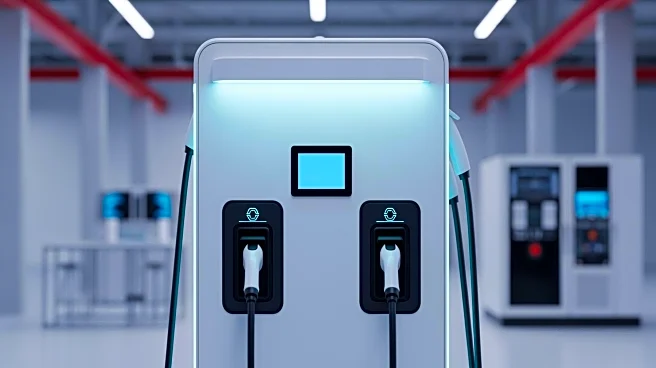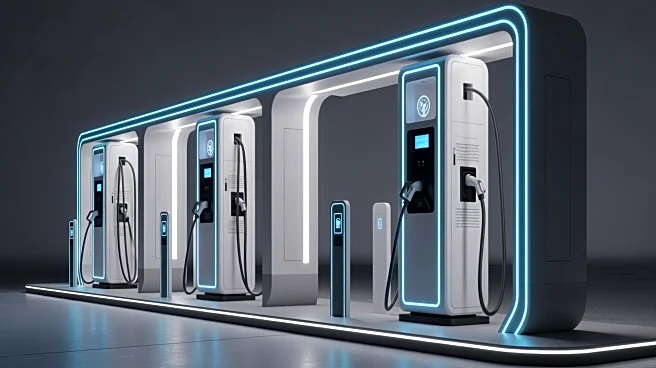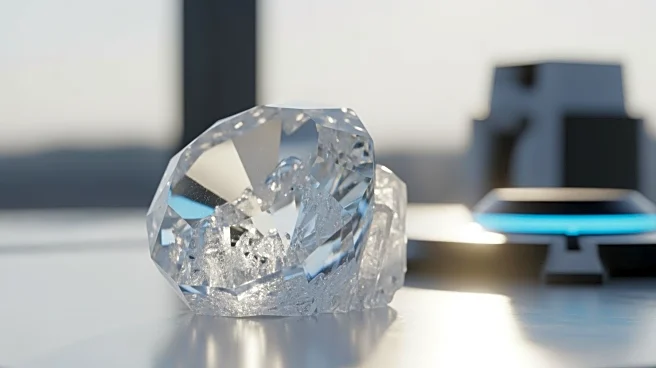What's Happening?
iDEAL Semiconductor has successfully obtained AEC-Q101 automotive qualification for its SuperQ technology, marking a significant milestone for the U.S.-based semiconductor company. The first product to achieve
this qualification is the iS20M028S1CQ, a 200V MOSFET with a 25 milliohm resistance and a temperature rating of 175 degrees Celsius. This product is part of iDEAL's 200V family and is designed to enhance efficiency and reduce switching losses in automotive applications such as electric vehicle powertrains, on-board chargers, and advanced driver-assistance systems. The company claims that the iS20M028S1CQ outperforms competitors by up to 1.7 times in terms of resistance and efficiency. Beyond automotive uses, the device is also suitable for motor drives, battery protection, AI servers, and solar applications.
Why It's Important?
The automotive qualification of iDEAL Semiconductor's SuperQ technology is a crucial development in the semiconductor industry, particularly for the automotive sector. As electric vehicles and advanced driver-assistance systems become more prevalent, the demand for efficient and reliable semiconductor components is increasing. iDEAL's achievement not only positions the company as a competitive player in the automotive semiconductor market but also supports the broader trend towards electrification and sustainability in transportation. This development could lead to more efficient electric vehicles, potentially reducing costs and improving performance for manufacturers and consumers alike.
What's Next?
With the automotive qualification in place, iDEAL Semiconductor is poised to expand its market presence in the automotive sector. The company may seek to leverage this achievement to secure partnerships with major automotive manufacturers and suppliers. Additionally, iDEAL's focus on expanding the applications of its SuperQ technology beyond automotive uses suggests potential growth in other sectors such as renewable energy and AI. The company's continued innovation and product development will be critical in maintaining its competitive edge and meeting the evolving demands of the semiconductor market.
